|
Karin Kihlberg & Reuben Henry |
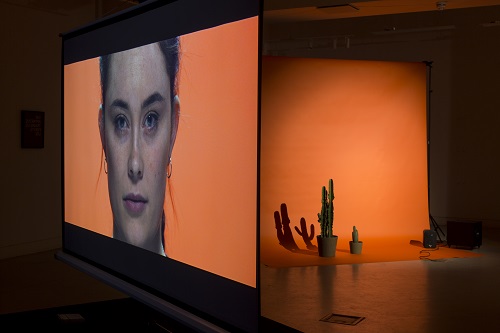 |
| Slow Violence 2018 HD Video, 5.1 audio 29 min. Commissioned by Whitstable Biennale 2018 funded by Arts Council England and the Elephant Trust |
|
Kihlberg & Henry are Karin Kihlberg (Sweden
1978) and Reuben Henry (UK 1979), a collaborative duo based in London.
Their work presents architecture as a biological event, an over-spilling
of the human mind into exterior space. They studied fine art at
BCU Birmingham 1999-2002 and ran the international residency programme
Springhill Institute from 2003-2008. In 2008-2010 they were research
fellows at the Jan van Eyck Academy, Netherlands, after which Kihlberg
gained an MA in Contemporary Art Theory at Goldsmiths, University
of London. Both gained a Masters in Cultural Production from the
Linköping University in Sweden through their activities with Vision
Forum, which culminated in their activities with The Disembodied
Voice research group. Their video works are distributed by Film
Form (Stockholm). Kihlberg & Henry have had solo exhibitions and projects at the Whitstable Biennale; fig-2 at ICA, London; Grundy Art Gallery, Blackpool; Plymouth Arts Centre; Res, London; Artsway, Hampshire; Aspex Gallery, Portsmouth; Gallery Box, Gothenburg; and Danielle Arnaud, London. They have participated in group shows and projects at Camden Arts Centre, London; Eastside Projects, Birmingham; Fundació Miró, Mallorca; Tate Modern and the Hayward Gallery, UK. They won the Great North Run Moving Image Commission in 2012 and were artists in residence at Wysing Arts Centre, Cambridge, 2011; Futura, Prague, 2007 and Red Gate Gallery, Beijing, 2006. |
| > Curriculum vitae |
| > Artist's website |
| > Exhibitions at the gallery: Footnotes to a Long Distance Telephone Call, 2016, Abandon in Place 2010 |
| > Editions: Considered Regardless 2015, Formations 2013, Afterimage 2010 |
| SELECTED WORKS |
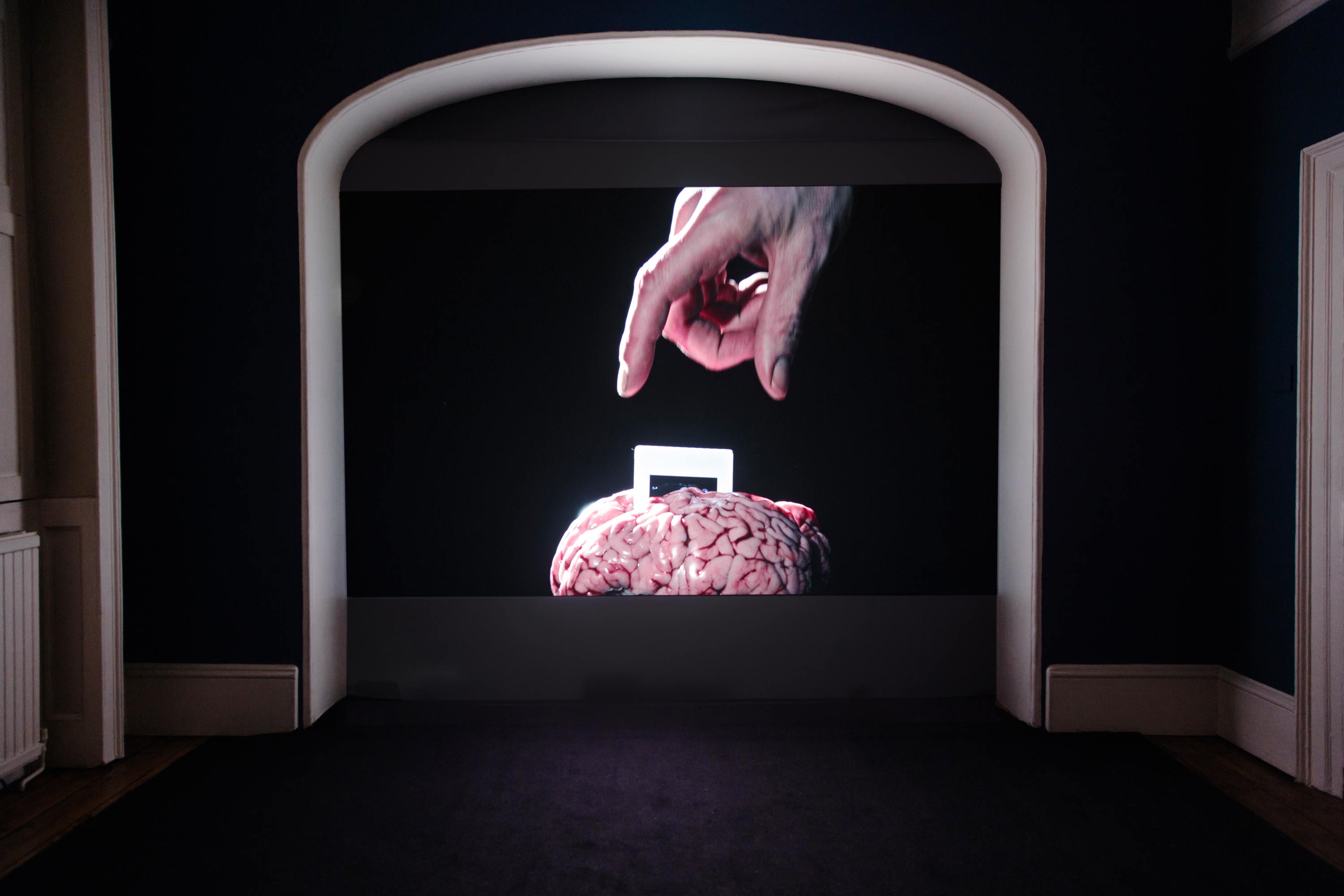 |
| A Mountain Close Up is Only Rock |
| 2016 HD video installation with 4.1 sound 13 minutes. Photograph by Oskar Proctor |
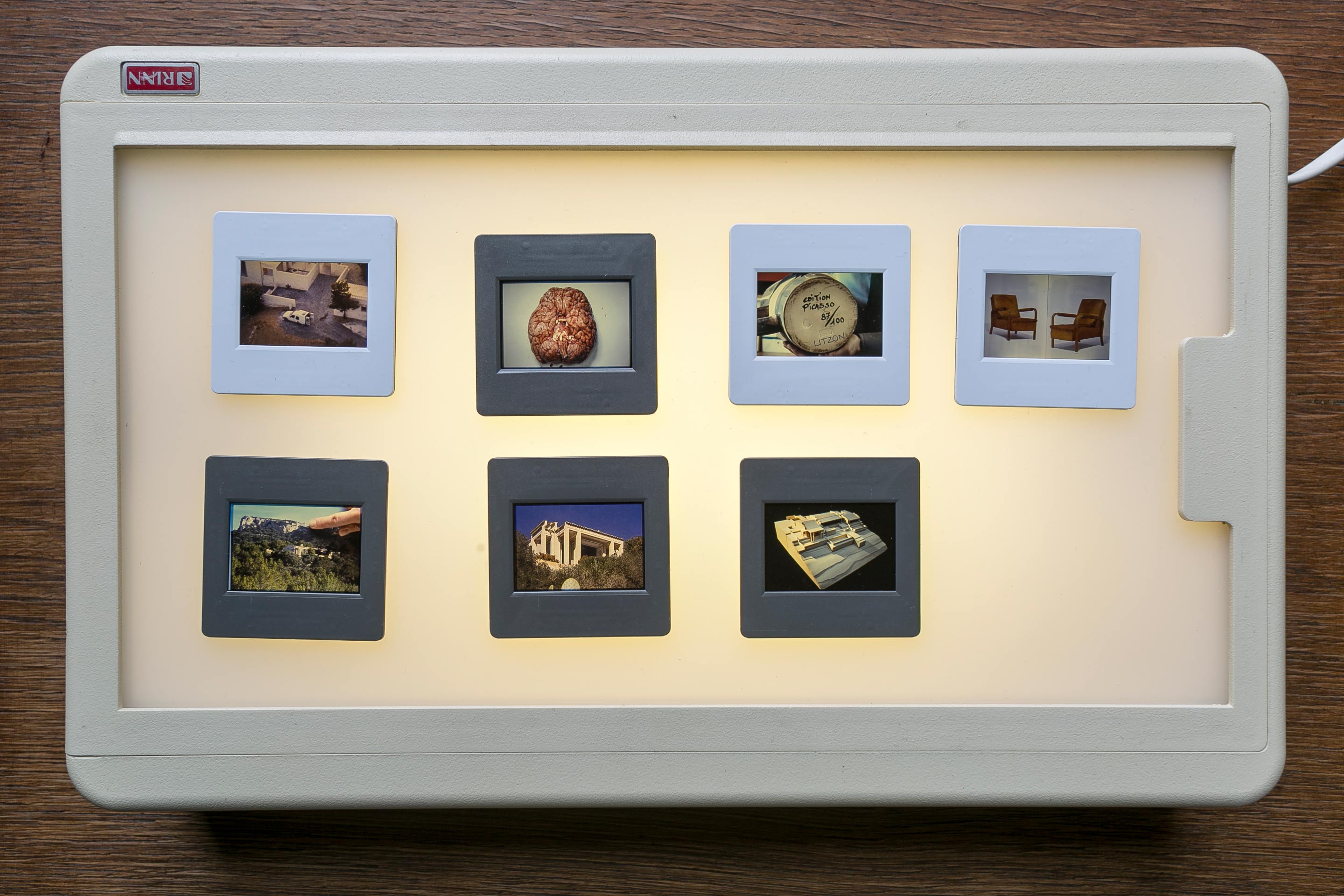 |
| A Mountain Close Up is Only Rock |
| 2016 unique slides, x-ray lightbox and sound. Photograph by Oskar Proctor |
| A Mountain Close Up is Only Rock is an archaeology of architect Jørn Utzon’s digital footprint, focusing on the scant online presence of a house he built on Mallorca. Citing Utzon’s distant relationship with the Sydney Opera House, which he never saw complete, and research into brain growth in London taxi drivers while studying The Knowledge, the video treads a thin line between the physical and the digital by asking if one can visit an architecture from a distance. |
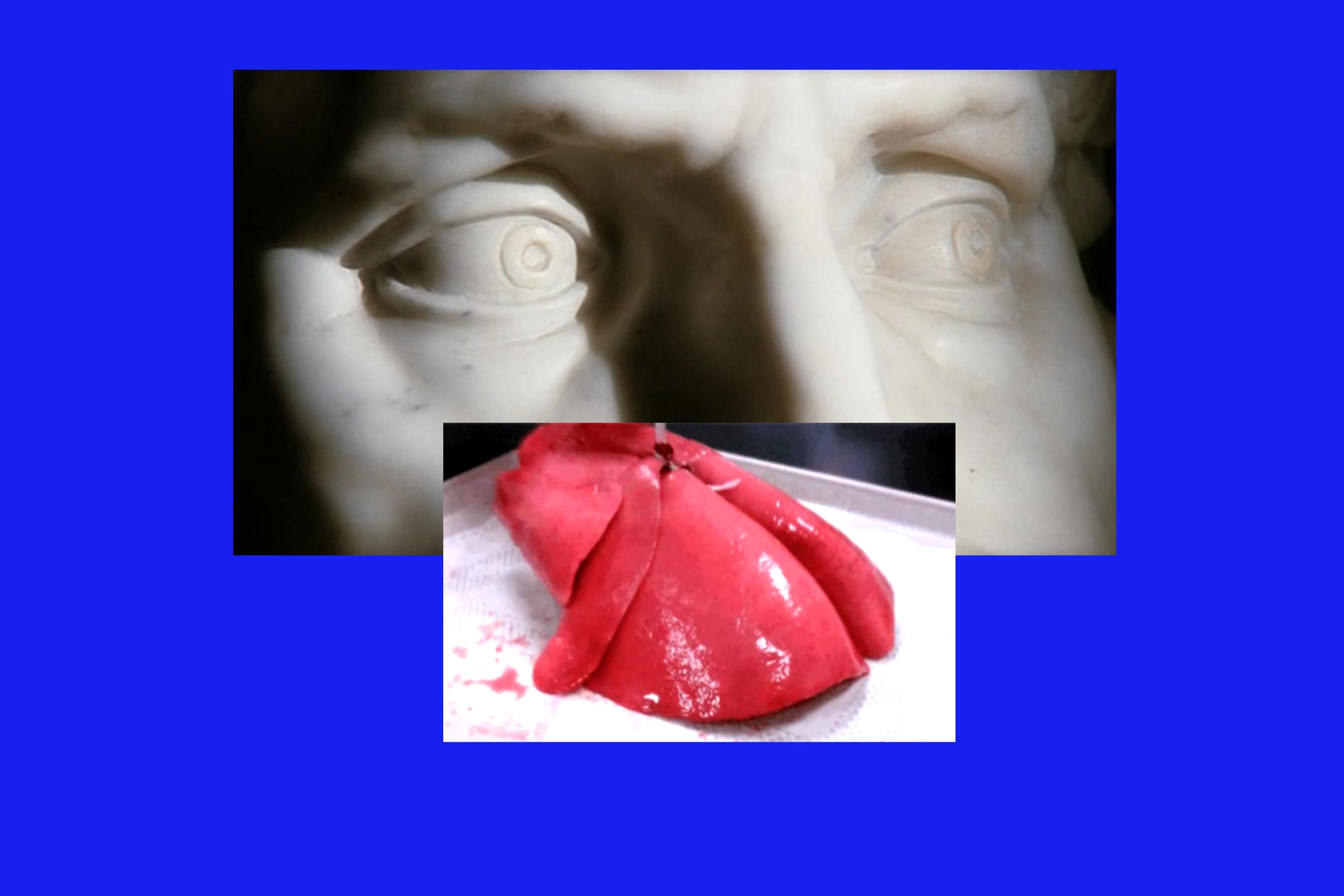 |
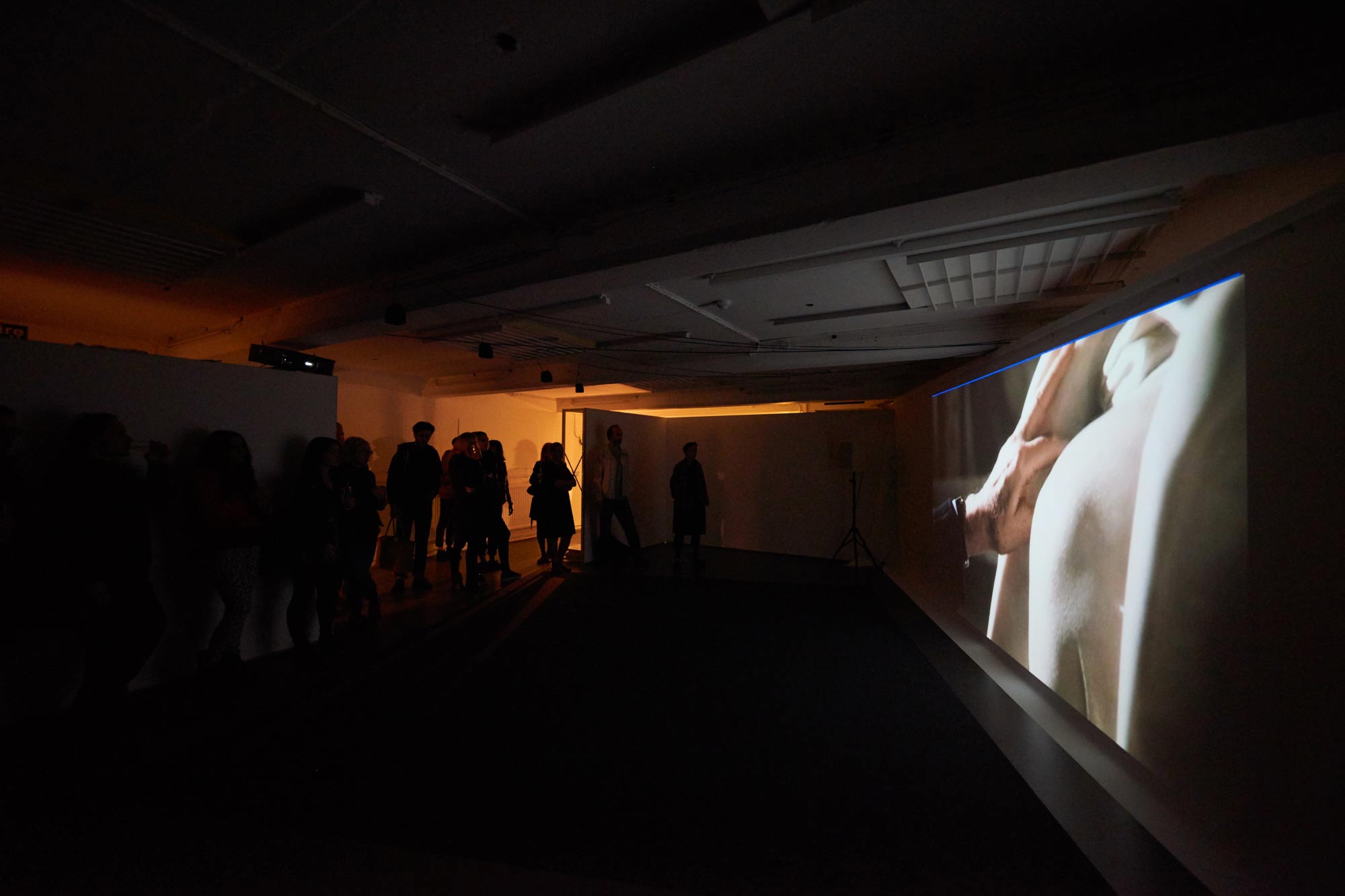 |
| This Building, This Breath |
| 2015 video with live voiceover 15 min. Commissioned by fig-2, supported by the Art Fund, Outset, and Arts Council England |
| This Building,
This Breath continues Kihlberg & Henry’s exploration of
the disembodied voice in moving image and performance. For this
piece, a voiceover is delivered live alongside a 15 minute video,
activated whenever somebody enters the room. In the script, Kihlberg &
Henry make use of a varied series of references to breathing, from
biological meanings and principles in martial arts and yoga to deviations
of the term such as those used in breathing materials and lens breathing.
The voiced content coincides with the choreography of projected
images as if images were falling from the speakers’ mouth, and retracting
with his inhalations, combining eclectic and associative found footage.
Adopting mechanisms familiar to the spheres of hypnosis or meditation
in the structure and delivery of the script, this Building, This
Breath drives towards an abstract proposition that the room itself
is breathing. |
%20production%20still.jpg) |
| Apeiropobic Framework |
| 2015 HD Video 1080p 10 min |
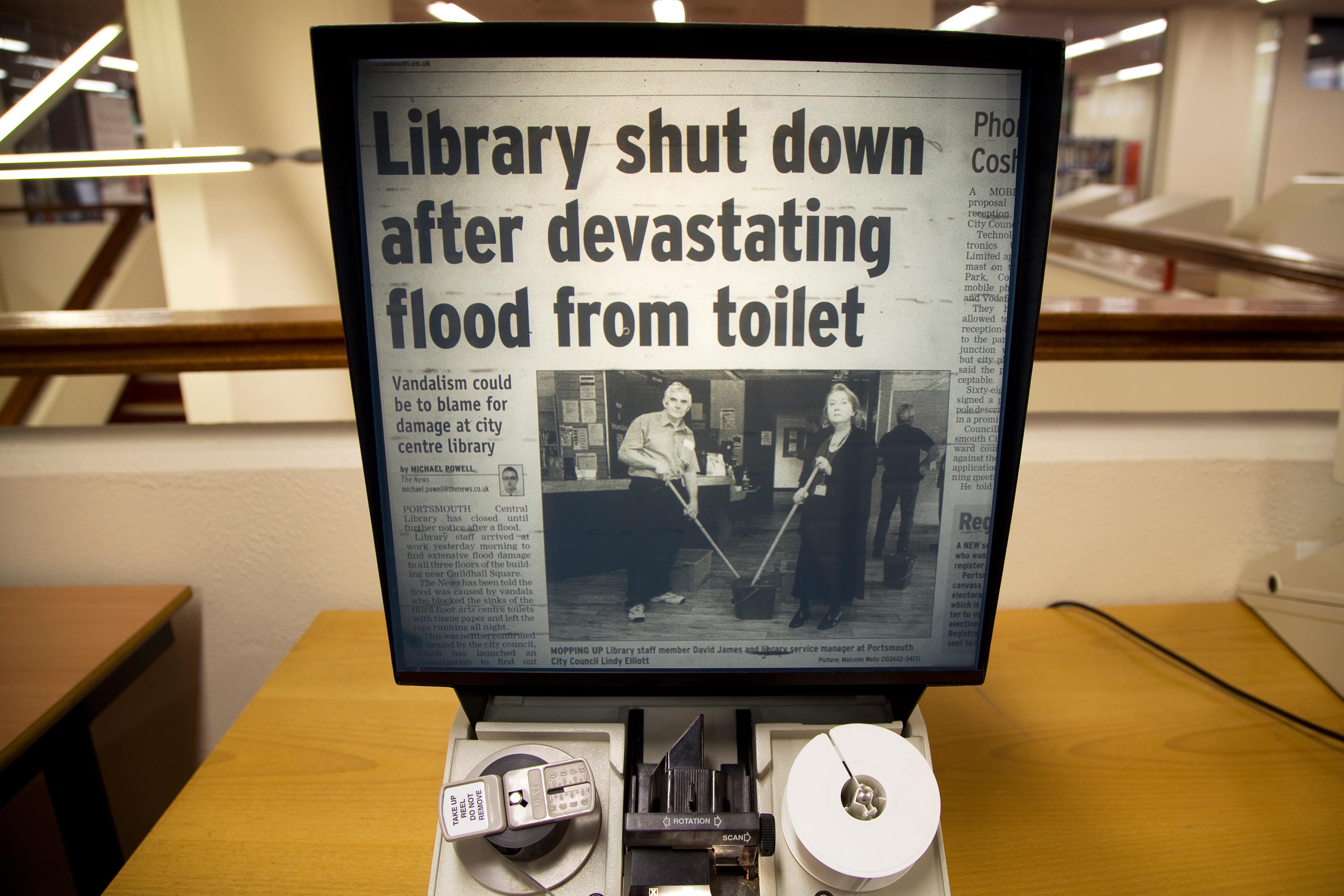 |
| Pleasure Through Drowning |
| 2015, HD Video 1080p 25 minutes |
| Pleasure Through Drowning is a film about an impossible attempt to escape a society over-saturated with moving image. Charting a day trip to Portsea Island in search of 32 historic cinemas which existed there during the 20th Century, the narrators describes a desire for moving image to be harnessed, ‘geographically bound once more to these custom-made architectures’, islands in themselves. Seemingly unable to differentiate between the old cinemas and the parking lots and supermarkets which have replaced them, the narrators’ disillusion with the ‘films’ they find in these everyday places causes them to propose 32 new films for the lost cinemas, inadvertently creating a new flood to saturate the attention span and flooding the island, possibly the last remaining dry land accessible. |
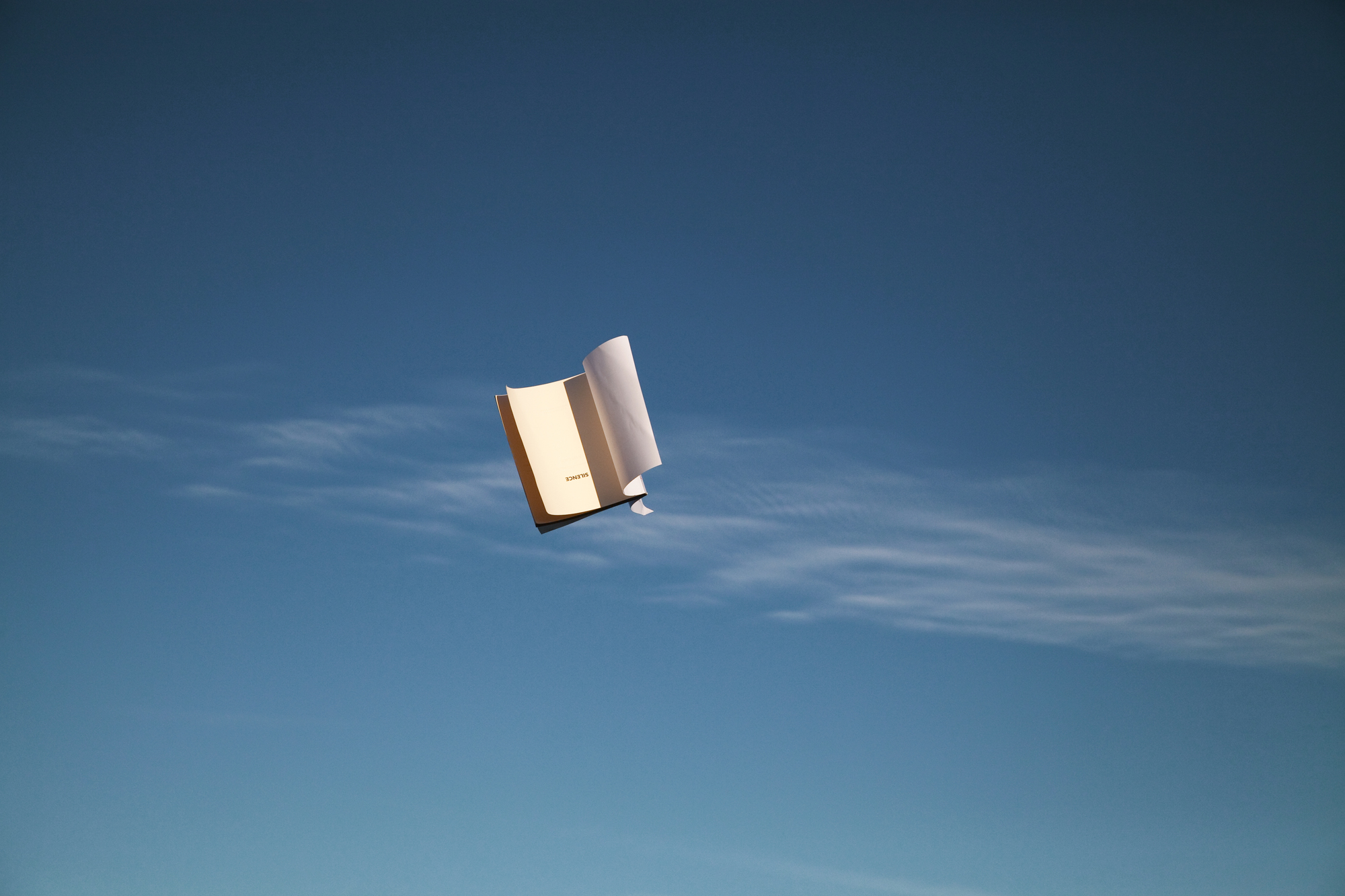 |
| Cirrocumulus Stratiformis with Silence from Formations |
| 2013, Series of 4 C-type prints 37.5 x 55cm edition of 5 |
| Kihlberg &
Henry’s Formations series feels like an act of trickery,
an illusion, a moment beyond what is usually conceivable. We are
used to a concrete, yet invisible, dividing line between land and
air. Birds belong in the sky. Planes live there too, although they
do not necessarily belong. But books exist stacked or singularly
- on shelves, in bags, between sheets. Through these photographic
compositions, Kihlberg & Henry transgress this boundary. Propelling
books into the sky, they capture them mid-flight - the camera’s
shutter providing our insight into a moment otherwise unseen. Layered
against cloud formations, the books exist beyond their usual surroundings
- the wind spreading their pages in the same way that they would
be soaked by the sea. The works’ titles are amalgamations of the names of the books and the names of the cloud formations, the individuality of each one mirrored in the other. John Cage’s Silence is flung into a Cirrocumulus Stratiformis formation, its quiet, stretched out layers evoking the fragility of silence, how it can prolong the gaps between us. Marshall Berman’s book All That Is Solid Melts into Air sits against Cumulus Congestus and Pannus formations, the solidity of its outline matched by these thick clouds, their looming hint of rain showing no signs of melting. Although there is something surreal in the sight of books among the clouds, in other ways this pairing makes perfect sense - both the acts of reading and cloud gazing a form of meditation, the transience of which can only be half-captured in the stillness of photography. The unfurling movement of the clouds, or the books falling from them in a perfect arc, I like to imagine, exists in our imagination beyond the work, beyond what the camera lets us see. - Tess Charnley |
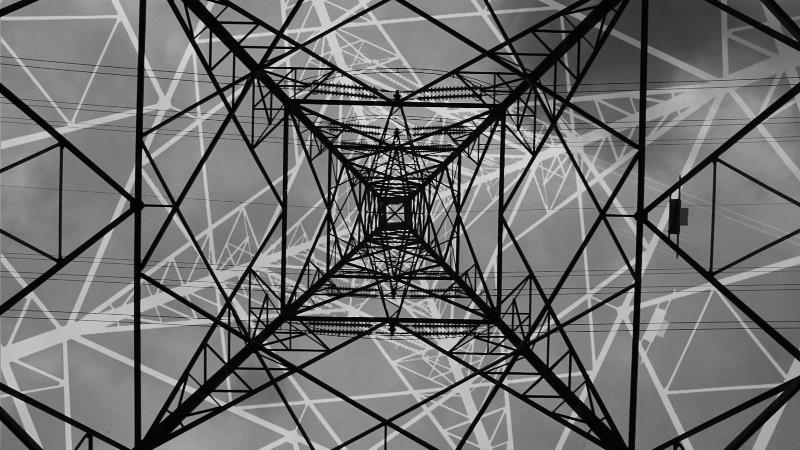 |
| The Order of Things |
| 2013, HD Video 1080p 5.1 Audio 30 minutes commissioned by Bupa Great North Run Culture 2012 |
| Part science
fiction, part natural history, The Order of Things depicts
the world’s largest half marathon from the perspective of a society
of sentient architectures who, intoxicated by the delusions of consciousness,
encounter themselves via the human senses. The near-mute narrators
present the urban, post-pedestrian environment of the course through
senses borrowed from long-distance runners in a state of rhythmic
trance, in what might be considered a natural history for buildings.
The work is presented with a publication designed by An Endless Supply which intersects the work with its research process. With an original score by Bernard Felaise and the voice of John Woodvine |
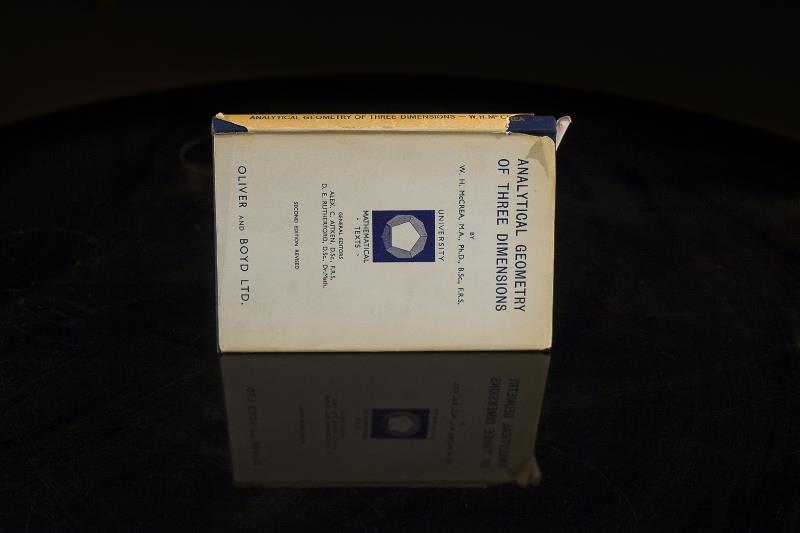
|
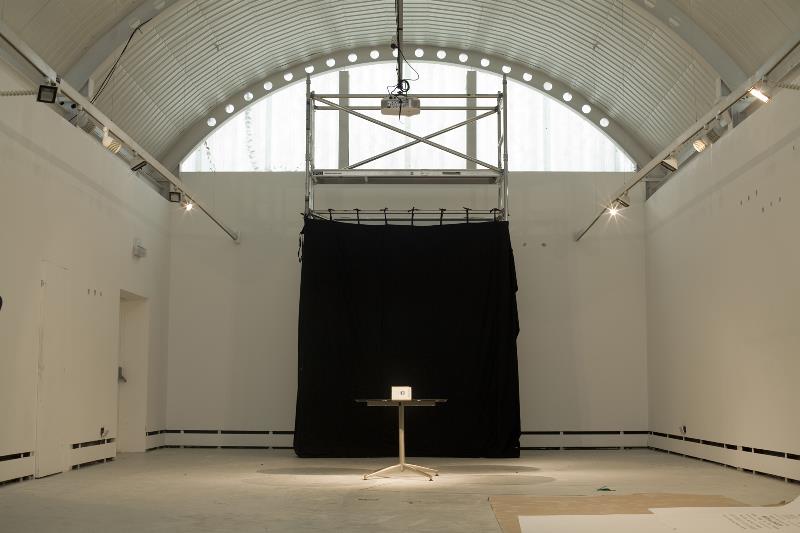 |
| Analytical Chronology of Three Dimensions |
| 2011, HD video 3'50 minutes produced with the assistance of Wysing Arts Centre |
| Analytical Chronology of Three Dimensions is an experiment in developing a cinematic grammar based on the spatial-temporal properties of lingual grammar. Grammatical tenses become camera movements as a series of tenses applied to simple verbs are expressed in relation to various types of space: the abstract mathematical space expressed in a geometry textbook, the physical space of a building, its architectural maquette, and the projected space of the video itself. |
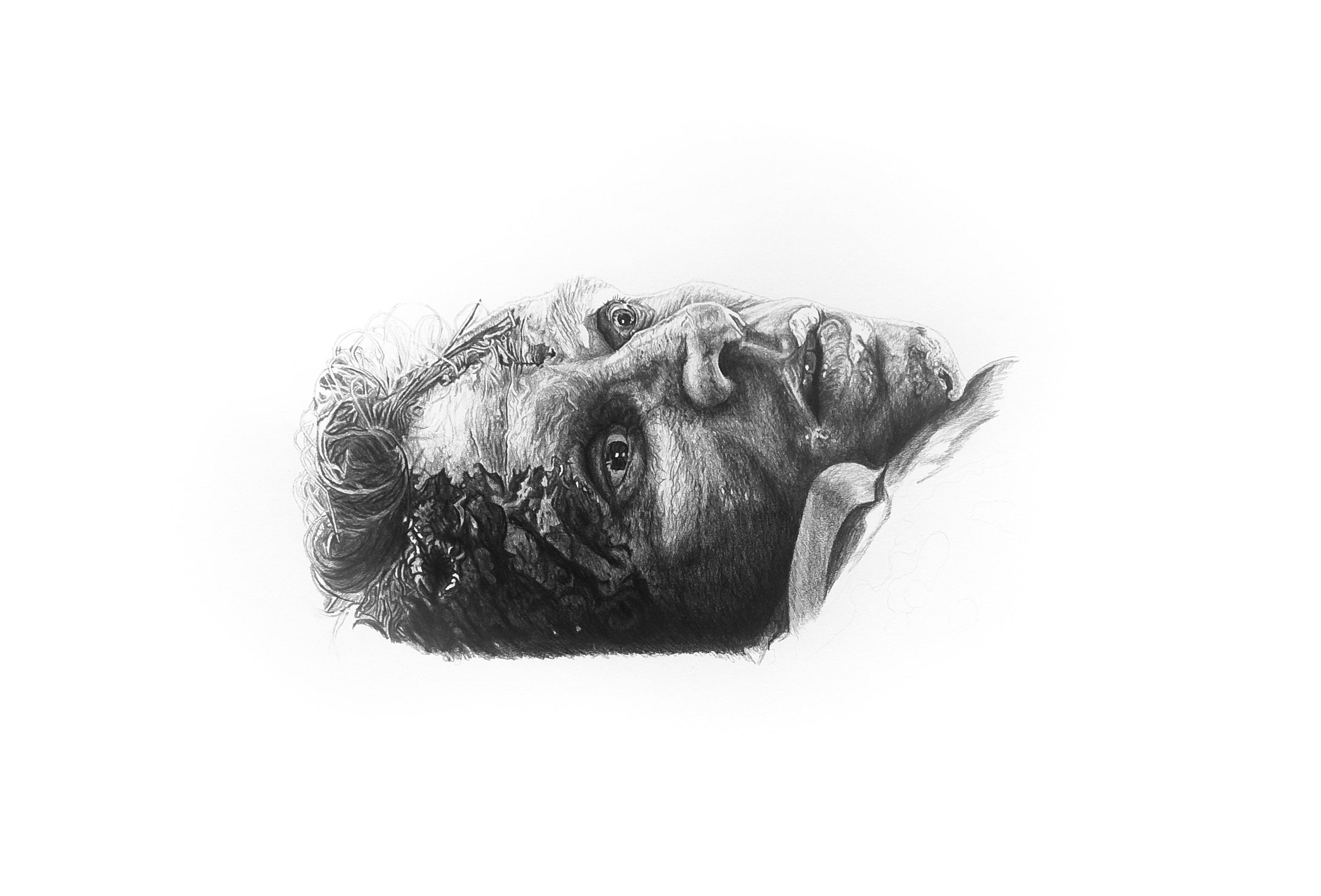 |
| Dead Actor No.8 |
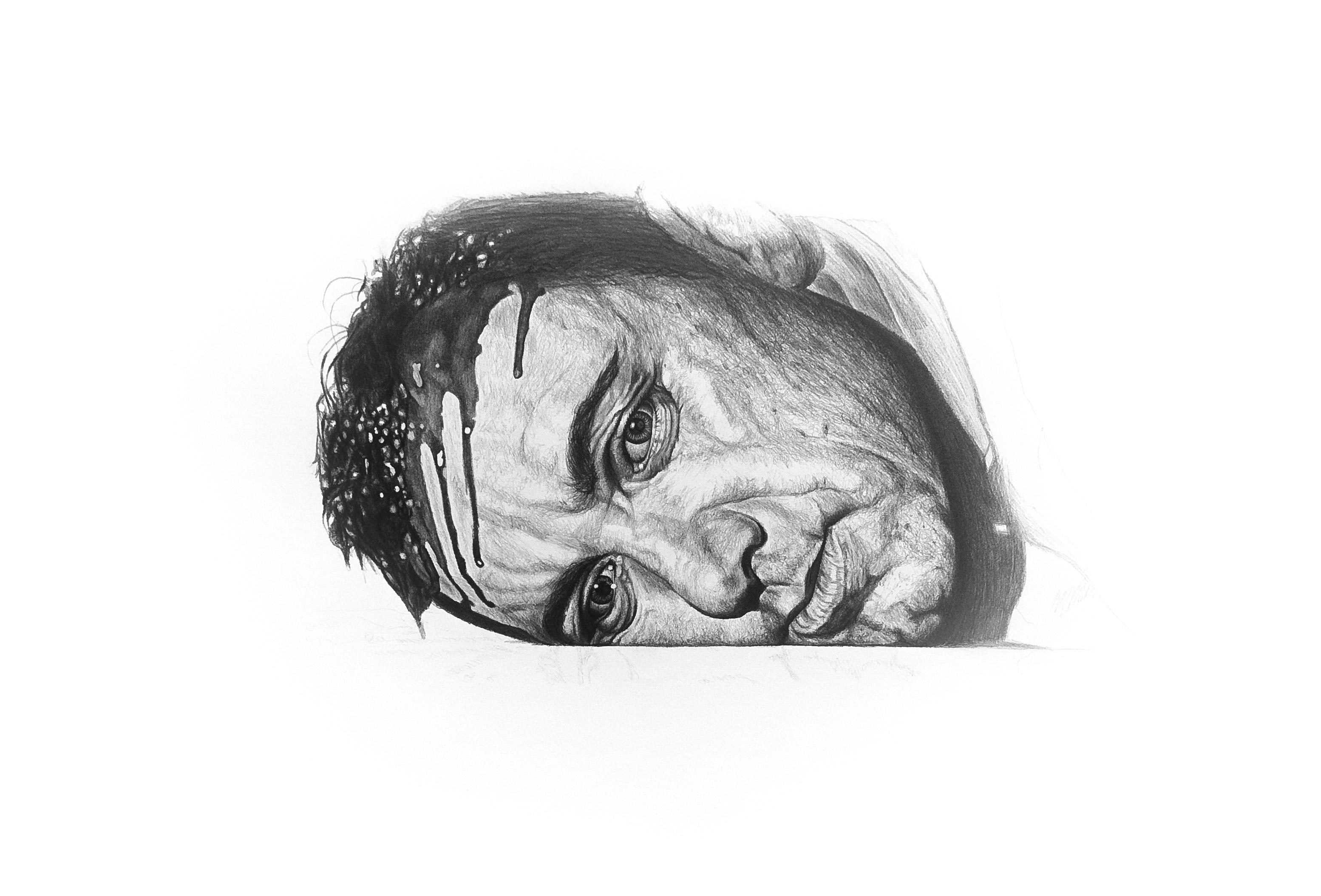 |
| Dead Actor No.9 |
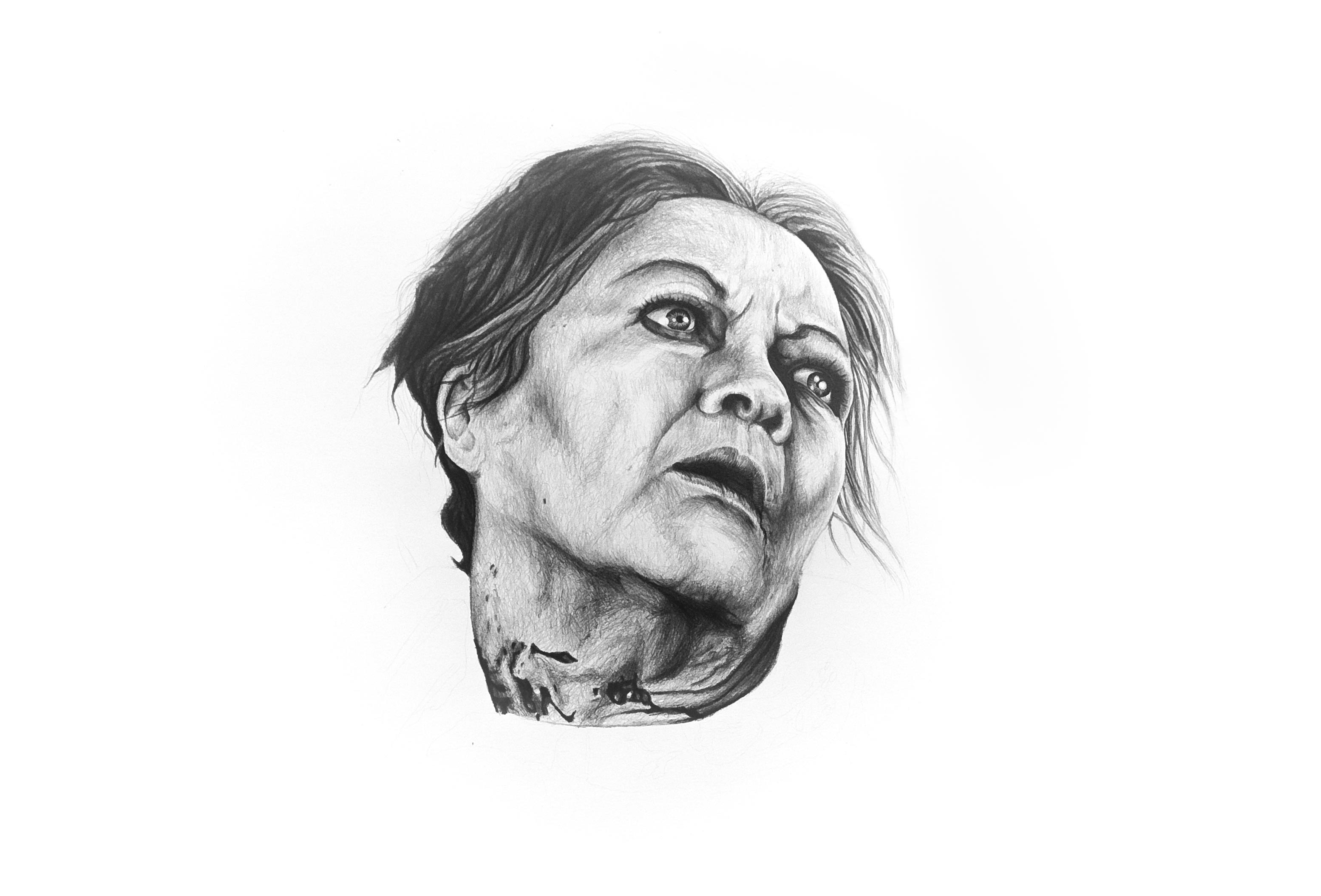 |
| Dead Actor No.10 |
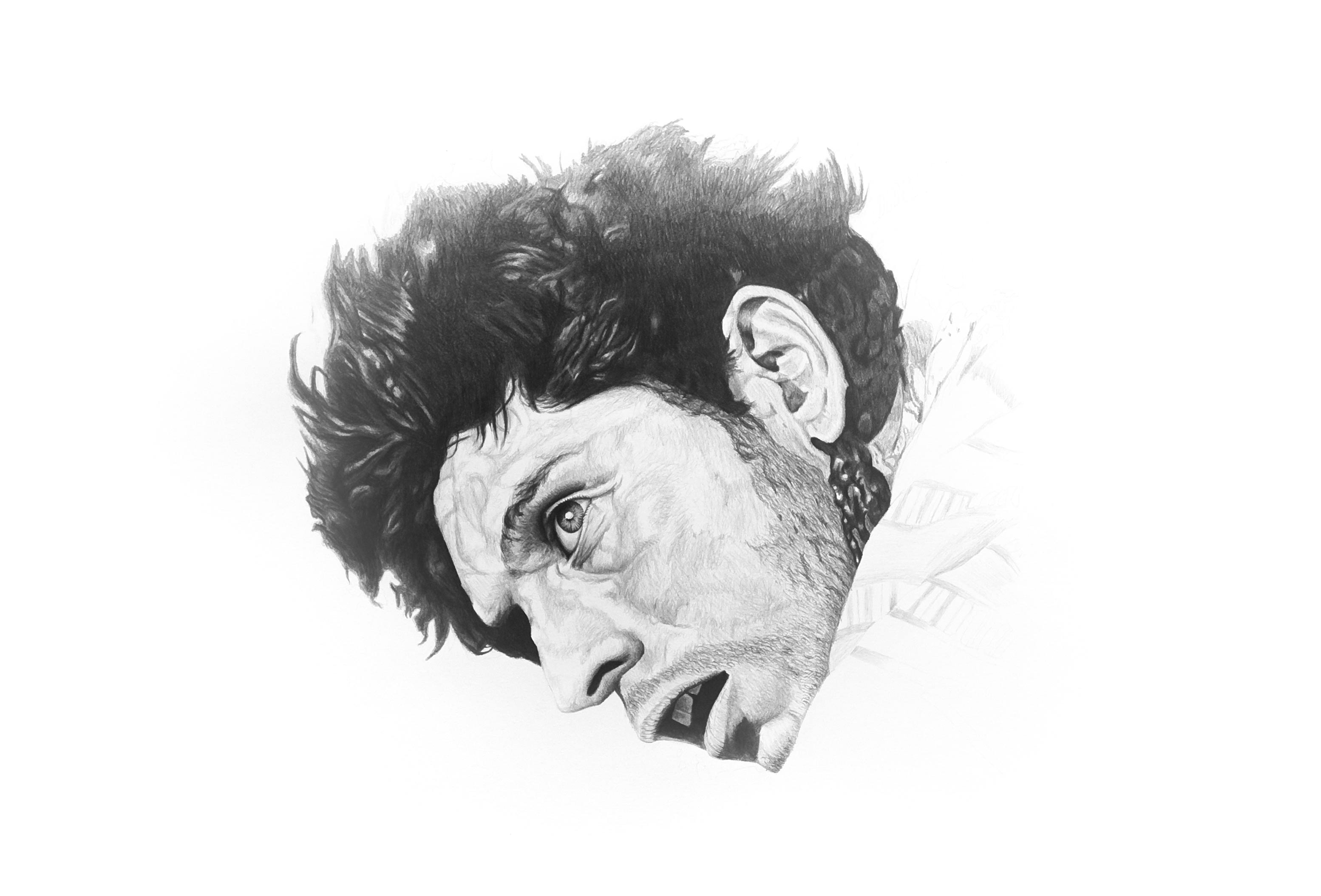 |
| Dead Actor No.11 |
| Acting Dead |
| 2010, graphite on paper 70 x 100cm |
| Acting Dead is a series of drawings depicting actors acting dead in films. |
 |
| This Story is About a little Boy |
| 2010, SD Video 4:3 9'30 minutes |
|
This Story is About a little Boy is a reconstruction of
a film according to its recollection through subjective memory. A friend of the artists was asked to recall a film which had moved him in some way and which made an impression on his life. His recollection of The Fallen Idol by Carol Reed was recorded and used as the narrative structure to re-edit the visuals of the film. Confusions, alterations, hesitations and added events were reanimated in the reconstruction of the film-as-memory. |
| >home |